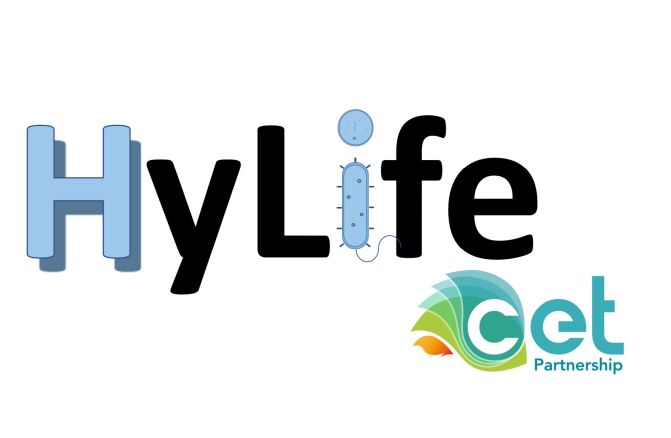Microbial risks associated with underground hydrogen disposal in Europe
|
  |
Project annotaion:
Storage of hydrogen from renewable sources in underground/subsurface storage is a suitable solution for medium to long-term storage of this gas. However, underground storage sites contain rich microbial communities that can use the stored hydrogen in their metabolism and thus cause losses of stored H2. They also pose a risk to operational safety and quality degradation due to H2S formation. The HyLife project aims to reveal the extent of microbial activity in different types of sites across Europe (salt caves, porous media including aquifers, and natural gas reservoirs). The objectives of the project are: to standardize methodologies for direct application in a pan-European sampling campaign, to study and characterize microbial diversity and H2 consumption dynamics in real-site samples, to explore strategies for limiting microbial activity and their impact on business decisions, and to summarize the knowledge gained in a comprehensive database from European storage sites.
Project HyLife is co-financed with the state support of the Technology Agency of the Czech Republic within the Program Epsilon (TH83020003). This project is funded under the National Recovery Plan from the European Recovery and Resilience Facility.
Project partners:
- Norwegian Research Centre (NORCE) – NO
- Technical University of Liberec (TUL) - CZ
- Isodetect - DE
- French National Geological Survey (BRGM) - FR
- Geostock - FR
- INRIA - FR
- Norwegian University of Science and Technology (NTNU) - NO
- Industry partners (Schlumberger, Lanxess)
Principal investigator for TUL
Mgr. Kateřina Černá, Ph.D.
CXI - OABI department - geomicrobiology in deep geological repositories for nuclear waste




.png)
.jpeg)
.png)
.jpeg)
.png)
.jpeg)
.png)


.png)